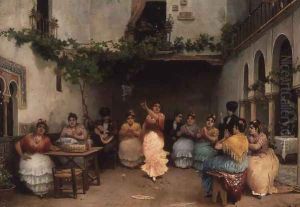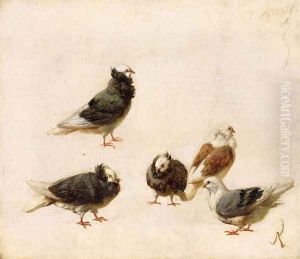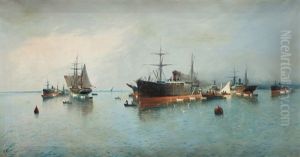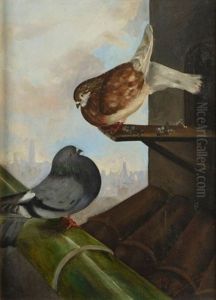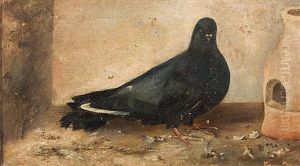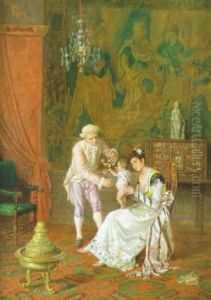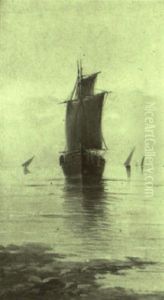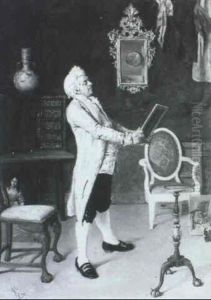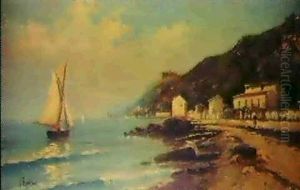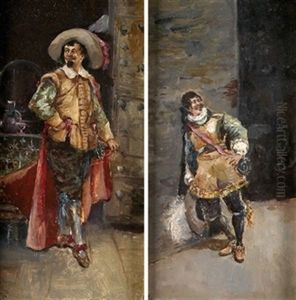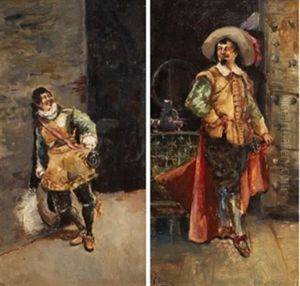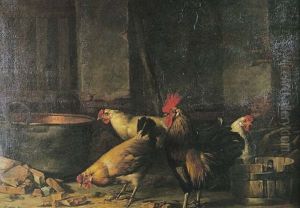Jose Ruiz Blasco Paintings
José Ruiz y Blasco was a Spanish painter and art teacher, best known for being the father of the renowned artist Pablo Picasso. Born on March 31, 1838, in Málaga, Spain, Ruiz Blasco was an integral figure in the early life and artistic development of his son. He was not only a father but also Picasso's first art teacher, instilling in him the fundamentals of classical art from a very young age. Ruiz Blasco specialized in naturalistic depictions of birds and other game animals, as well as in traditional Andalusian landscapes and religious subjects, which reflected the prevalent artistic trends of 19th-century Spain.
Ruiz Blasco's career was primarily rooted in education. He worked as a professor of art at the School of Crafts and the curator of the Municipal Museum in Málaga. His position in the local art community provided him with the connections to nurture his son's burgeoning talent, including access to models and art materials, which were crucial for Picasso's early development. Despite his conventional approach to art, Ruiz Blasco recognized and nurtured Picasso's extraordinary talent, allowing him to explore various artistic expressions from a very young age. This encouragement was pivotal in the development of Picasso's revolutionary artistic style, which would later challenge and redefine modern art.
The relationship between Ruiz Blasco and his son was complex, marked by both admiration and competition. Picasso's early work, which adhered closely to the academic teachings of his father, gradually evolved into experimental forms that challenged the traditional art his father represented. This shift caused tension between them, yet Ruiz Blasco's influence remained evident in Picasso's work, particularly in his mastery of drawing and attention to detail. José Ruiz y Blasco passed away on January 13, 1913, in Barcelona, Spain. Though often overshadowed by his son's monumental legacy, Ruiz Blasco's role as a teacher and early supporter of Picasso's artistic endeavors is an essential part of the narrative that shaped one of the most influential artists of the 20th century.
